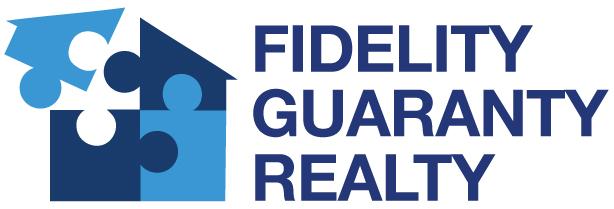The process of buying your first home involves a steep learning curve. From how to get started to understanding the roles of the various players in the process, it can be confusing.
Probably the most misunderstood aspect of the home buying process is the mortgage. Sadly, it’s also the most important. We see far too many real estate consumers who, in their haste to get it over with and get on with house hunting, don’t pay attention to exactly how much the loan will cost.
We don’t want this to happen to you, so let’s take a look at how to avoid overpaying for your home loan.
1: Dig deeper than the loan’s interest rate
When comparing home loans, most inexperienced homebuyers use the interest rate as a benchmark. Why not? It’s what the media focuses on and what lenders advertise.
But which interest rate are they talking about? There are two that you need to consider when shopping for a loan.
The advertised rate is typically what you’ll see first, with the APR, or annual percentage rate, located in the fine print. Because it represents the total cost of the loan, including points, fees and other loan costs, it’s the APR that you want to compare across loan offers.
Learn more about this by visiting the Consumer Financial Protection Bureau’s website.
What are points?
As you learn more about the mortgage process you’ll hear a lot about “points.” There are two types that you need to pay attention to: origination and discount points.
Origination points are often referred to as “origination fees” and it’s what the lender charges for its services. These are negotiable and represent yet another way to save money on your home loan.
Discount points, on the other hand, offer a way to “buy down” your interest rate. Each point is worth 1 percent of the loan amount. For example, for a $200,000 mortgage, one discount point equals $2,000.
And, each point that you purchase will lower your rate “from one-eighth to one-quarter of a percentage point,” according to Dona DeZube at interest.com.
When comparing loans, ensure that you are comparing “offers that include points to those that don’t and determine how much you’re really saving by paying thousands of extra dollars up front,” cautions DeZube.
To simplify the process, request that each lender put the loan’s points in dollars instead of percentages, according to the Federal Trade Commission. Not only does this help you compare loans, but it helps you understand the total cost.
2: Lock your Rate
Just as a loan pre-approval isn’t binding on the lender, neither is the interest rate offered. If you like the rate, lock it in. Rate locks typically last for 30 days but the costs depend on the number of days.
When comparing loans, ensure that you compare quotes with the same rate lock period.
Should you decide to lock your rate, ensure that it clearly states not only the length of the lock period, but the interest rate and number of points as well.
Your mortgage payment will likely become the largest check you write each month, so take all the time you need to ensure that you’re saving the most money possible.

